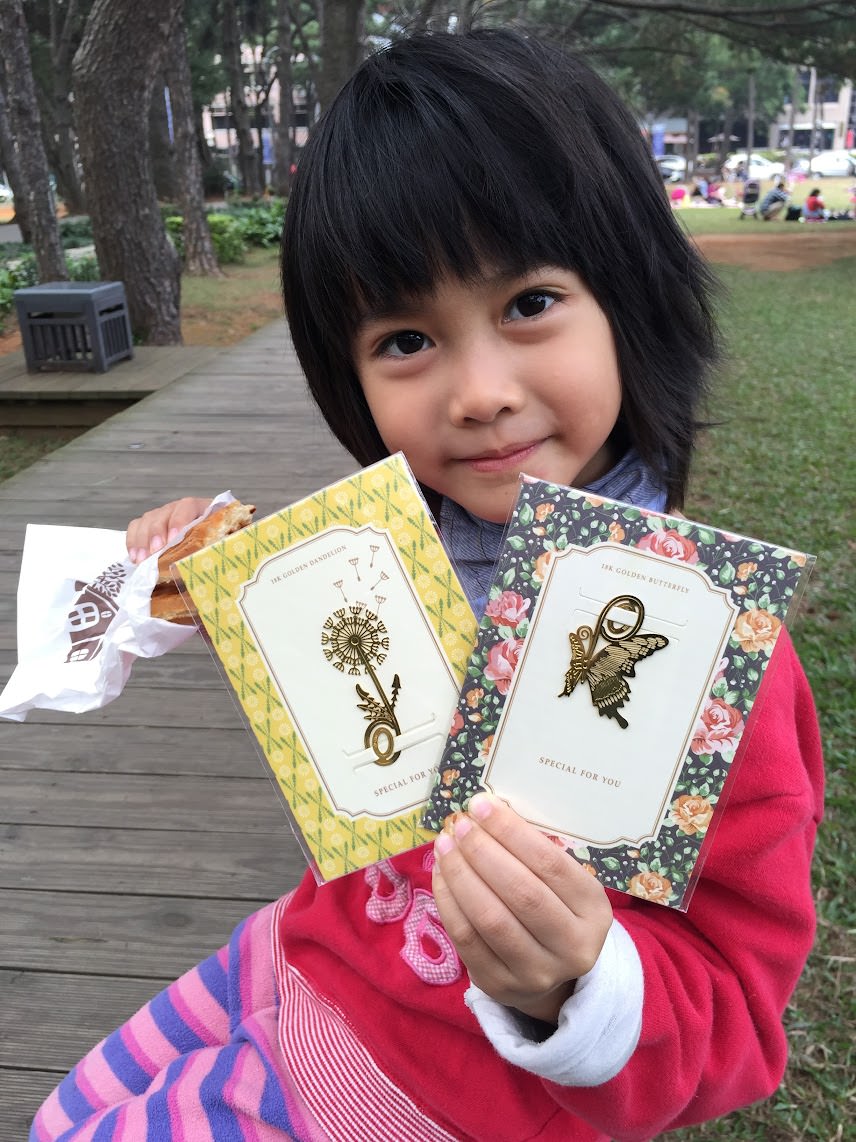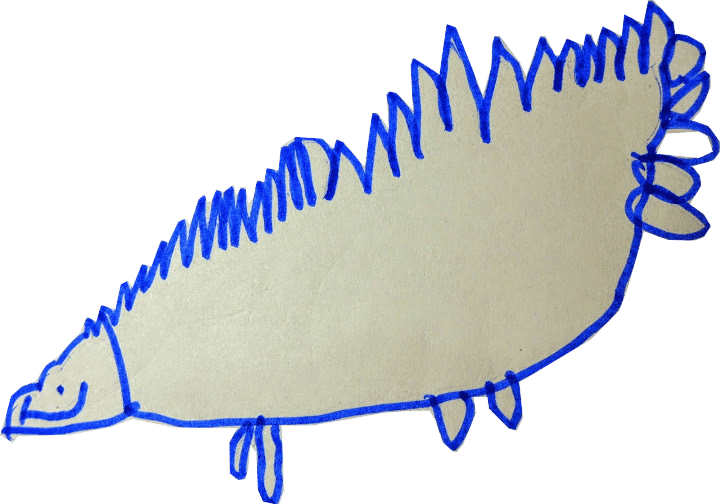Inch by Inch
Author, Illustrator: Leo Lionni
這一本Inch by Inch是最近女兒很喜歡聽的書。
這本我也真非常喜歡。
書的介紹是這樣:
In this classic book, a winsome,
winning inchworm is proud of his ability to measure anything under the sun.
To keep from being eaten, an inchworm measures a robin’s tail, a flamingo’s neck,
a toucan’s beak, a heron’s legs, and a nightingale’s song.
勇敢又有智慧的小蟲,
牠幫知更鳥量尾巴,幫火鶴量脖子,幫大嘴鳥量嘴巴,幫蒼鷺量腿,
牠要怎麼幫夜鶯量牠的歌聲呢?
牠幫知更鳥量尾巴,幫火鶴量脖子,幫大嘴鳥量嘴巴,幫蒼鷺量腿,
牠要怎麼幫夜鶯量牠的歌聲呢?
有一天,一隻知更鳥看到inchworm,正要把牠吃掉。
Inchworm 說:
Don’t eat me. I’m an inchworm. I am useful. I measure things.
哇,牠好有自信喔,
好酷的inch worm。
知更鳥說: “那你幫我量我的尾巴”
知更鳥知道牠的尾巴有多長之後的反應也好可愛。
“Just think, my tail is five inches long!”
後來inchworm還量了大嘴鳥的嘴巴,還有其他不同的鳥的不同部位。
講到這一頁的時候,
女兒問: “heron很兇嗎”
我說:”heron沒有很兇”
女兒說: “heron很兇,牠嘴巴很尖,牠會把inch worm吃掉”
我說:”不會”
女兒:”為什麼”
我:”因為牠如果把inchworm吃掉,他就不知道自己的腳有多長啦”
之後,每次看到這一頁,
女兒就會喃喃自語
“heron很兇”
“但是牠不會把inchworm吃掉,因為這樣他就不知道牠的腳有多長了”
😛
要怎麼量夜鶯的歌聲呢? 如果不會量,就會被夜鶯吃掉當作早餐。
還好inchworm很聰明。 :))
我發現我真的超級喜歡Leo Lionni的書,
他的書都好棒,除了這本之外還有很多其他本我都超愛,
(以前紀錄過一本 Fish is Fish)
畫的很棒,故事也很棒
讓人忍不住被吸引。
我看了一下Amazon網站上對這個作者的介紹,
我很喜歡他討論靈感和書的成形的過程的部分,節錄在這邊。
Leo Lionni wrote and illustrated more than 40 highly acclaimed children’s books. He received the 1984 American Institute of Graphic Arts Gold Medal and was a four-time Caldecott Honor Winner–for Inch by Inch, Frederick, Swimmy, and Alexander and the Wind-Up Mouse. Leo Lionni died in October of 1999 at his home in Tuscany, Italy, at the age of 89.
ABOUT THE AUTHOR
“Of all the questions I have been asked as an author of children’s books, the most frequent one, without doubt, has been ‘How do you get your ideas?’ Most people seem to think that getting an idea is both mysterious and simple. Mysterious, because inspiration must come from a particular state of grace with which only the most gifted souls are blessed. Simple, because ideas are expected to drop into one’s mind in words and pictures, ready to be transcribed and copied in the form of a book, complete with endpapers and cover.”
“It is true that, from time to time, from the endless flow of our mental imagery, there emerges unexpectedly something that, vague though it may be, seems to carry the promise of a form, a meaning, and, more important, an irresistible poetic charge. “
“The sense of instant recognition with which we pull this image into the full light of our consciousness is the initial impulse of all creative acts. But, though it is important, it produces no more than the germ of an idea. “
“Each book, at the birth of its creative history, has such a moment. Some are fortunate enough to have, from the outset, a strongly identified hero, one with an inescapable destiny. Others are blessed with a promising beginning, or perhaps with the vision of an ending (which means working backwards to a surprise opening). Others stem from a clearly articulated conflict situation. “
“Sometimes, I must admit, the motivations of a book may be found in a sudden, unreasonable urge to draw a certain kind of crocodile. And it may even happen that in the dark of our minds there appears, out of nowhere, a constellation of words that has the bright, arrogant solidity of a title. Only last night I was jolted out of a near-slumber by the words the mouse that didn’t exist. I am sure that, temporarily tucked away in my memory, they will eventually become the title of a story for which as yet I have no idea.”
“To shape and sharpen the logic of a story, to tighten the flow of events, ultimately to define the idea in its totality, is much like a game of chess. In the light of overall strategy, each move is the result of doubts, proposals, and rejections, which inevitably bring to mind the successes or failures of previous experiences.”
“Inspirational raptures may happen, but most books are shaped through hard, disciplined work. Creative work, to be sure, because its ingredients come from the sphere of the imaginary. But the manipulation of these ingredients requires much more than mere inclination or talent. It is an intricate process in which the idea slowly takes form, by trial and error, through detours and side roads, which, were it not for the guidance of professional rigor, would lead the author into an inextricable labyrinth of alternatives.”
“And so, to the question ‘How do you get your ideas?‘ I am tempted to answer, unromantic though it may sound, ‘Hard work.’ “

![[Book] Inch by Inch P1000034](https://www.magiccat.tw/wp-content/uploads/2022/11/P1000034.jpg)
![[Book] Inch by Inch P1000035](https://www.magiccat.tw/wp-content/uploads/2022/11/P1000035.jpg)
![[Book] Inch by Inch P1000037](https://www.magiccat.tw/wp-content/uploads/2022/11/P1000037.jpg)
![[Book] Inch by Inch P1000038](https://www.magiccat.tw/wp-content/uploads/2022/11/P1000038.jpg)
![[Book] Inch by Inch P1000040](https://www.magiccat.tw/wp-content/uploads/2022/11/P1000040.jpg)





